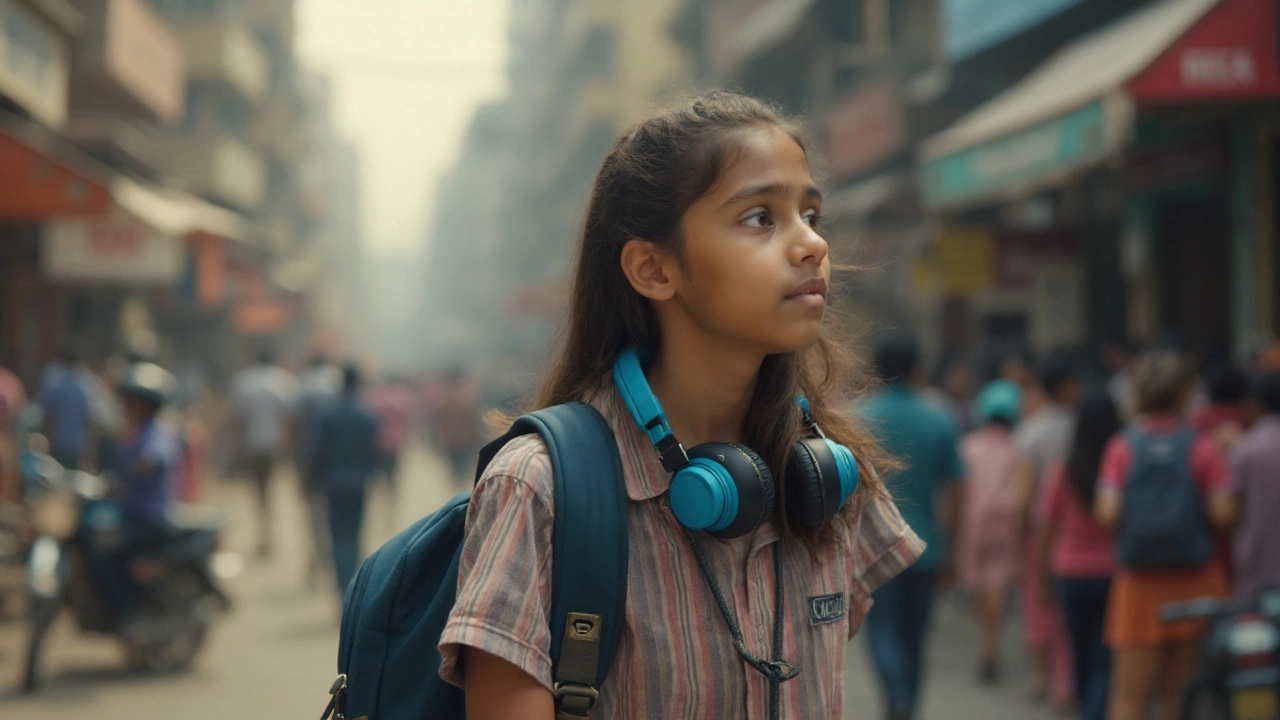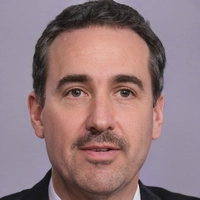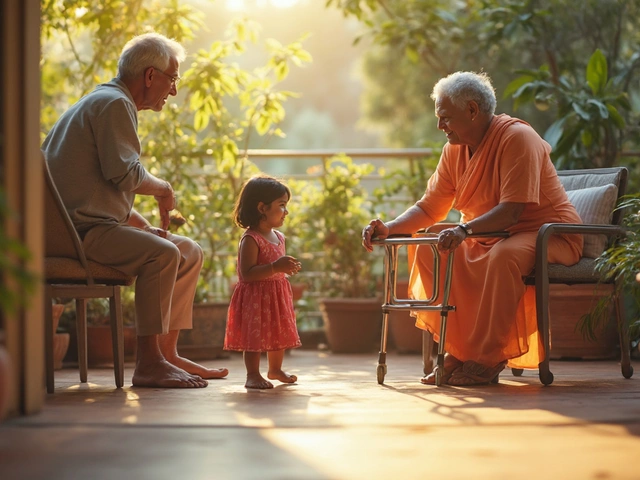If you thought life was tough, imagine it sprinkled with a constant soundtrack of distractions, impulsive decisions, and energy that just won't quit. That’s ADHD—Attention Deficit Hyperactivity Disorder—for you. But here's the twist: it doesn’t feel the same at every age. There’s this burning question for parents, adults living with ADHD, and pretty much anyone who cares: when is ADHD actually the most difficult? Kids? Teens? Adults stuck in morning traffic on Outer Ring Road? Let’s get brutally honest and go deeper into which phase tends to hit the hardest—and why.
The Roller Coaster of Childhood ADHD
Childhood is usually where ADHD first struts onto the stage. If you've ever seen a kid at a Bengaluru park zigzagging so fast their parent can't keep up, you might've wondered if something more than sugar is at play. Typically, signs show up by ages 4 to 6. Boys are often the ones running, climbing, and interrupting more—though girls usually fly under the radar, with less hyperactivity and more dreamy, inattentive moments. Statistically, reports say in India alone, nearly 11% of kids (from one massive 2023 survey with over 50,000 students in urban schools) might have symptoms that check the ADHD box. That’s a lot of children.
But it’s not just about being hyperactive. Young children with ADHD struggle with focus. Finishing homework? Not happening. Sitting still during class? Rare. Turn-taking in a simple board game? Frustrating for everyone involved. The constant 'no' from teachers or the stern looks from relatives can dent confidence fast. Birthday parties, classroom activities, even lining up for lunch—they all become a battlefield for attention. Is that hard? You bet. School is one of the first places ADHD kids get compared—often unfavorably—to others.
Medication, therapy, remedial classes: Indian parents try everything. But one thing that barely gets talked about is the emotional side. Kids can feel lonely, left out, or blamed for their behavior. A survey in Delhi schools in 2022 revealed that nearly 60% of children with ADHD said they sometimes felt “different” or “unwanted” in class. That’s not a small psychological burden when you’re still trying to tie your shoelaces. Their sleep gets affected, their eating habits go for a toss, and meltdowns are common.
Tips for parents? Get a proper diagnosis before jumping to conclusions. Don’t make every family event a discipline lesson. Let them burn off energy (try swimming or martial arts). Build routines, but make them visual and fun. Find a school counselor who actually understands ADHD, not just strict discipline.
Check this out: an interesting fact—ADHD isn’t only about what you see. Over 80% of Indian parents from a recent support forum said their child’s biggest struggle was emotional regulation. So, if your seven-year-old cries for hours or keeps losing friends, it’s not always about attention—it’s about big feelings in a little body.

When Teens With ADHD Hit the Wall
If you thought childhood was tough, wait until hormones crash the party. Puberty is when ADHD gets a sidekick—teen angst. Suddenly, that playful hyperactivity can turn into risky choices, raging tempers, or the kind of impulsive behavior that lands teens in trouble. According to a 2022 Mumbai study of 2,000 high schoolers, teens with ADHD were three times more likely to get into fights or face disciplinary action compared to their neurotypical classmates.
Now it’s not just about forgetting homework. It’s missing exams, ditching tuition classes, and arguing with parents who “don’t understand.” If you know a teen in Bangalore obsessing over their latest video game score instead of board exams, you’re seeing ADHD in real time. The school system, packed with rote learning and endless exams, feels like a non-stop marathon with no water breaks. Social rules become more complicated. Friendships shift from Pokémon cards to peer pressure, dating drama, and late-night WhatsApp chats. Teens with ADHD often miss social cues, blurt things out at the worst time, or risk it all for that 10-second thrill.
But here’s why experts say the teenage years might be the hardest. The academic stakes shoot up, punishments get harsher, and the world expects independence right when executive skills (planning, organization, self-control) are at their weakest. Many teens start feeling anxious or sad. Depression and ADHD overlap more at this age, with some studies suggesting up to 30% of Indian ADHD teens also struggle with depressive symptoms or anxiety.
And don’t forget driving (or in India, learning how to dodge autos and buses). Teens with ADHD are at higher risk for accidents. A 2023 city traffic survey in Bangalore found that 18% of first-year license holders with reported ADHD symptoms had a minor roadway incident within their initial six months. Numbers don’t lie—ADHD impacts real-world safety.
What helps? Make accommodations at school, like using audio recorders, extra time for tests, or smaller class sizes. Encourage routine but don’t expect perfection. If teens resist therapy, introduce peer support groups where they can vent without judgment. If chores never get done, break them down into five-minute “micro-tasks.”
Here’s something wild: Indian parents often overlook slow learners as “just lazy,” but over 50% of ADHD teens in a 2024 national survey admitted they secretly wished teachers would just listen rather than scold. Sometimes, the biggest help is someone who understands.
| Age Group | Common ADHD Challenges | Helpful Strategies |
|---|---|---|
| Children (6-12 years) | Impulse control, inattentiveness, hyperactivity, social conflict | Routine, physical activity, visual aids, positive reinforcement |
| Teens (13-18 years) | Poor organization, risky behavior, academic struggles, emotional swings | Extra academic help, therapy, small goals, peer support |
| Adults (19+) | Time management, procrastination, relationship issues, job instability | Coaching, planning tools, flexible working, emotional support |

The Unexpected Battles of Adult ADHD
Plot twist: ADHD doesn’t disappear when you hit adulthood, even though plenty of folks still believe it’s just a “childhood problem.” About 60% of kids diagnosed with ADHD in India have symptoms that stick around when they’re adults. You don’t outgrow it; you just get better at hiding—or coping with—it. But here’s the real kicker: because schools and parents stop nudging, many adults only realize what they’ve been battling once work, finances, marriage, and daily routines start falling apart.
Adulting with ADHD means forgetting deadlines, double-booking meetings, missing birthdays, or having relationships that feel like a never-ending romcom blooper reel. Bangalore’s tech pros, for instance, might crush a coding sprint, then miss an urgent project mail because their brain short-circuits under pressure. There’s guilt, there’s shame, and there’s massive anxiety.
Marriage can get messy. Partners might call them “irresponsible” or “detached.” Money problems are common. A pan-India research project in early 2025 found that 27% of adults with diagnosed ADHD dealt with serious job instability or debt compared to only 10% of their neurotypical peers. The workplace isn’t much better—managers tag you as “lackluster” or assume you’re not trying hard enough.
Then there’s that whole “masking” routine. Adults with ADHD spend years learning tricks to look normal. Tons rely on post-it notes, alarms, multiple to-do apps, or even giving themselves pep talks in the mirror before daily tasks. But masking is exhausting. Burnout is real. A study out of NIMHANS, Bangalore (2023), showed burnout rates were almost double in adults with ADHD compared to the general population.
Social lives take a beating, too. Planning outings, remembering details, or even having patience to sit through a three-hour function—each takes a toll. Parents with ADHD struggle to help their own kids with homework or stick to a parenting routine; a 2024 Bengaluru parenting group survey found that nearly 40% said they felt “out of depth” when managing both their symptoms and their children’s needs.
But here’s the good news—awareness is finally rising. Companies are beginning to understand neurodiversity. Some tech hubs in India offer workplace coaching, flexible deadlines, and even meditation pods for quick reset breaks. Apps that gamify task management—reminding you to file that report in a fun way—are more common than ever.
Tips for grown-ups? Make a friend your accountability partner. Use technology—alarms, smart calendars, Alexa reminders. Don’t sign up for too much at once. If possible, talk with your team at work about how your brain operates best. Prioritize sleep—it makes a world of a difference. Therapy isn’t a weakness; it’s an asset. And if you’re feeling anxious, know you’re not alone. Join any of the dozens of support forums online, or even hometown WhatsApp groups dedicated to ADHD.
So, when is ADHD the hardest? There’s no one-size-fits-all answer. For some, the roller-coaster childhood years sting the most. Others, especially young adults handling careers and bills, might tell you they’re barely staying afloat. What’s for sure is ADHD is always a moving target, but with the right insight and support, no stage has to feel like the end of the world. The magic isn’t in “fixing” the ADHD—it’s finding new ways to thrive at every twist and turn.






